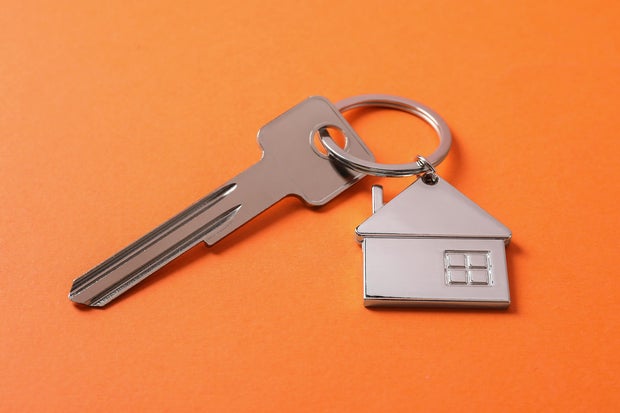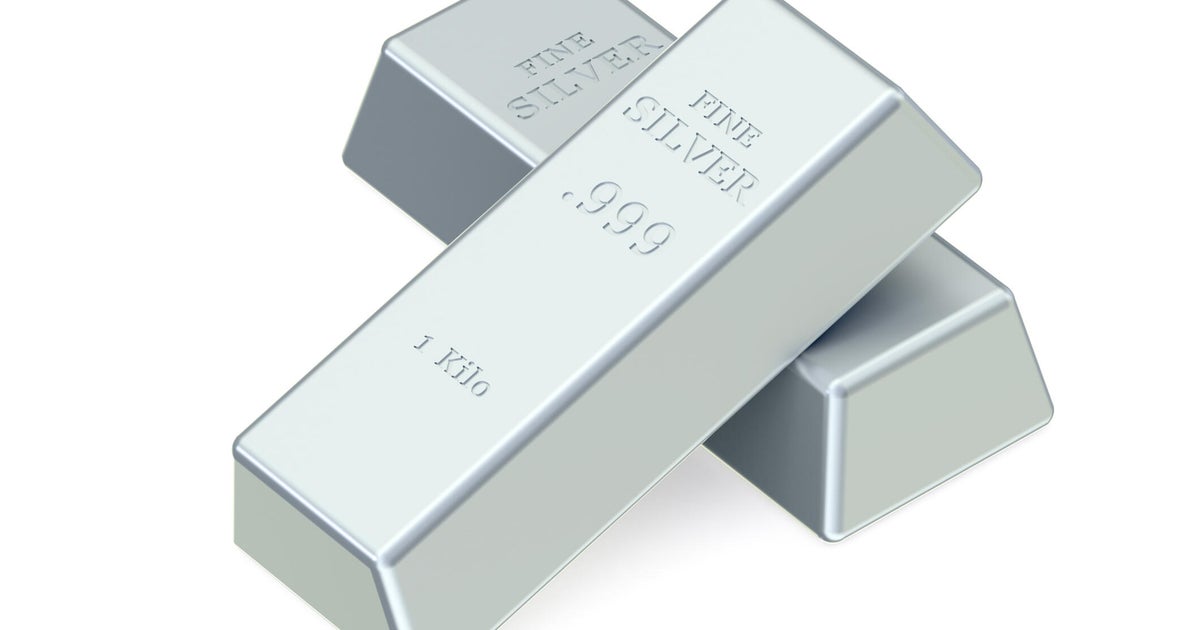What is a mortgage interest rate modification and how do you get it?
In the post-pandemic era, mortgage rates hit their highest level in years as the Federal Reserve raised the benchmark interest rate to fight inflation.
The good news is the central bank has begun to reverse course, cutting rates 50 basis points at a recent September meeting in response to cooling inflation. Mortgage rates are already down over a point off their peak — and experts project further rate drops this fall and a continued decline in borrowing costs through the end of 2024 and into 2025.
Future home buyers will benefit from these rate declines, with many hoping to time their entry into the market to get the best rates. However, current homeowners with costly fixed-rate loans won't automatically be impacted by changing market conditions. This has left some wondering about the possibility of mortgage rate modification.
Compare your top mortgage loan rates now.
What is a mortgage interest rate modification?
Fixed-rate mortgage loans typically have terms set for the life of the loan and cannot be changed without refinancing. However, there are some exceptions.
"As rates continue to decline, some lenders will offer a rate modification to existing customers to try and hold on to their loans rather than losing them as refinances to other banks," says Sarah Alvarez, vice president of mortgage banking at William Raveis Mortgage. "The rate modification will allow the borrower to take advantage of a new lower rate without having to go through the entire loan approval process again."
There are often fees associated with rate modifications and restrictions on how often you can take advantage of them, Alvarez says. They're also not available on all loans. If your lender doesn't offer this option, you're likely stuck with your current rate unless you refinance to a new loan or qualify for a broader mortgage modification for borrowers struggling to make payments.
"In a mortgage modification, a borrower who has missed payments, or who is in imminent danger of missing payments, requests the terms of their existing mortgage be adjusted to allow the borrower to cure any defaults and avoid foreclosure," says Igor Roitburg, senior managing director of Stretto, a bankruptcy services and technology firm.
Roitburg says that adjustments to the loan depend on who the investor is, but that often a rate drop is part of the deal.
"Typically, when a home mortgage modification is approved, the loan servicer will adjust things such as the interest rate and the remaining term of the existing loan to create a payment that falls within the modification guidelines by which the servicer is bound," Roitburg says.
These options are not to be confused with a recast, which is another type of loan modification.
"Typically, with a recast, you're simply putting a large sum toward the principal balance," says Christina McCollum, a producing market leader for Churchill Mortgage. "This creates a new balance the payment is dictated by, so you're modifying the amount being paid on your loan, but it does not fundamentally change the loan term or loan interest rate."
Find out how affordable a mortgage could be today.
How do you qualify for a mortgage rate modification?
If your mortgage lender offers a standalone rate modification, you'd need to follow their process to qualify.
"Check with your lender," says Alvarez. "It's also smart to ask about this as you're applying for a mortgage."
With the Fed signaling multiple rate cuts are coming, anyone buying a home today should look at whether lenders they're considering offer this type of program.
If you're pursuing a rate change as part of a broader loan modification, however, you'd need to qualify based on financial concerns.
"To be eligible for a loan modification, the borrower typically must be in default or at risk of default," Roitburg says. "Depending on the modification programs available, a borrower would typically apply for a modification by submitting an application detailing their financial situation and hardship as well as documenting their sources of income."
Roitburg says that there's often some back-and-forth with lenders asking for additional information before evaluating the file to determine if the borrower qualifies for modification.
"Once the package is complete, the servicer evaluates the application," he says. "If it decides the borrower is eligible, the servicer will send the terms, which may or may not include a modified interest rate. It all depends on the programs the investor is offering."
Unfortunately, borrowers who obtained loans pre-pandemic often have fewer options for a rate drop than those who took out loans more recently. That's due to the change in prevailing rates.
"Many of the mortgages that were made several years ago already had relatively low rates and today's interest rates are higher by comparison," he says.
Still, there are some options including situations where lenders create a "separate, subordinate, interest-free mortgage for a portion of the debt that cannot be repaid at the time."
Who should look into a mortgage rate modification?
If your lender offers a rate modification when mortgage rates drop, you should take advantage of it if you're eligible. There's no reason not to pay less for your loan by participating in rate adjustment programs, as long as you won't move before the savings you realize from the lower rate make up for any fees your lender charges.
Loan modification due to financial hardship, on the other hand, is a different story. Since you must be in default or in danger of default to be eligible, your home is at risk in this situation. Failing to pay your home loan, or paying late, can also do severe damage to your credit score. You obviously want to avoid falling behind on payments unless you have no other option.
Still, if you are struggling and cannot cover your housing costs, you should contact your lender as soon as possible to find out about modification programs. You're far better off finding ways to make your payment more affordable rather than missing payments and risking foreclosure.
Pros and cons of pursuing a mortgage rate modification
Standalone rate modifications as part of a lender program have few downsides, as long as the fee is affordable. The upside is lower monthly payments and a reduced rate.
Again, though, things become more complicated when pursuing hardship modification. The upside is you may get to keep your home, but the downside is that your credit will be damaged as you miss payments leading up to the modification. Further, unless your lender reports your loan as "paid as agreed," while you're participating in the modification program, your score will continue to take a hit.
Before considering a loan modification, you should explore options, such as refinancing to a cheaper rate or longer payoff time, both of which could potentially lower your monthly costs without the downsides of participating in a lender modification program. These options may not be available during times of financial hardship though.
The bottom line
Ultimately, the good news is that lower rates are out there and more opportunities for affordable home loans become available every day. If your mortgage payments or current rate are higher than you'd like, look into your options today.
While rate modifications aren't available to just anyone, there are solutions like refinancing that can help those who have borrowed in recent years to potentially drop their rate substantially and considerably reduce both their monthly payment and the interest they pay over time.






